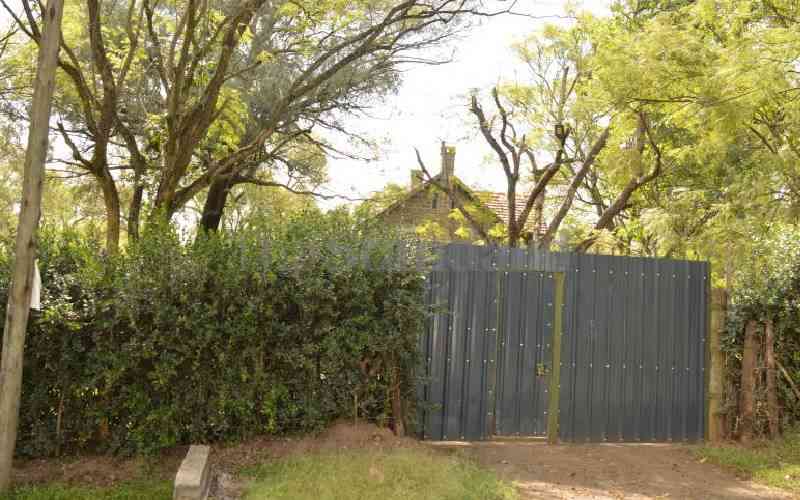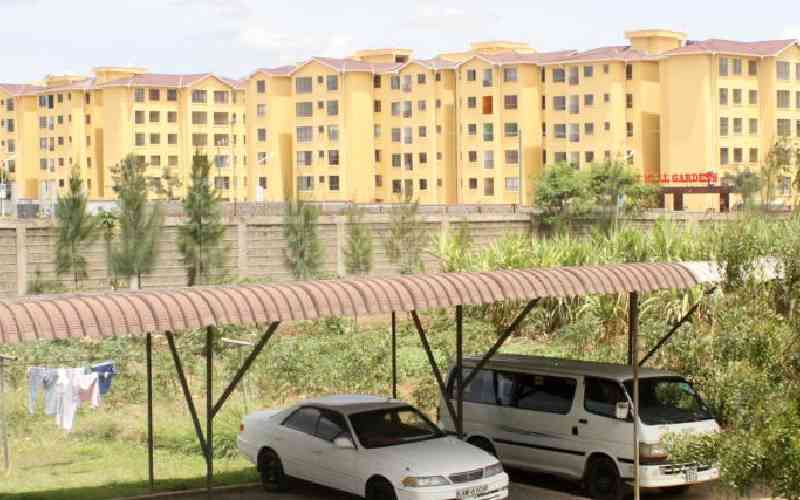In 2003, the thought of a super highway was inconceivable to many.
Flash-forward nine years later and voila! The highway is in use. This has attracted businesses mushrooming along the highway between Roysambu to Thika town thus creating further opportunities for property owners to invest.
Those who had bought land in this area are reaping the fruits of their vision. The doubting Thomases now have reason to believe in Konza City and Lamu Port–South Sudan –Ethiopia Transport (LAPSSET) corridor flagship projects, a manifesto of the Vision 2030. A flagship project only sets the pace for multiple vessels behind it.
Speaking during the official ground breaking of LAPSSET in March this year, President Mwai Kibaki applauded the project as a major step forward for the regions economic integration intended to connect people to socio-economic opportunities.
As the coalition government nears its dissolution in a few months’ time, great economic growth and infrastructural developments have been realised courtesy of the Vision 2030.
“Property investment is a key contributor to economic growth in the country” said Vice President Kalonzo Musyoka as he officiated the opening of a commercial building in Nairobi’s Westlands area recently.
Kenya’s cities and towns are now congested in addition to being poorly planned. That must change. Even as we head to paving way for a new government, there is an acute need for an effective capacity for regional and urban development planning starting with adequate housing for those now living in slums. We have evidenced slum upgrading in areas such as Mathare and Kibera in the recent past.
Furthermore, there will be better development of and access to affordable and adequate housing for the rest of the population. This will provide enhanced access to adequate finance for developers and buyers to unlock the potential of the housing sector through private public partnerships.
The Vision
Incepted in 2008 by the coalition government, Vision 2030 is tasked with the sole responsibility of transforming Kenya into a globally competitive and prosperous nation. Under its social pillar, Vision 2030 unveils a programme on housing and urbanisation intended to aid in providing increased access to housing and construction of infrastructural services.
As a result, several milestones have been realised so far including loans of up to Sh1.231billion extended to civil servants for purchase or developing properties. This has opened up a myriad of opportunities for local and foreign investors to delve into the property market both in the private and commercial sectors.
The coming up of the Northern, Southern and Eastern bypasses have also attracted many investors to these areas. The investors have therefore, put up executive office space, commercial development facilities such as business centres and shopping malls.
For tracking of the development progress, a semi autonomous government agency with the capacity to measure the progress has been established to oversee the implementation of all the Vision 2030 projects. The agency works closely in collaboration with government ministries and departments as well as the private sector, civil society and other relevant stakeholder groups.
Economic Growth
A gross domestic product growth of ten per cent is what Vision 2030 targeted to achieve by end of this year. The real estate property market contributes about 5.3 per cent of Kenya’s Gross Domestic Product.
Stay informed. Subscribe to our newsletter
The property market continues to receive great support from investment partners boosting the infrastructural upgrading. For instance, the Chinese government has put down a colossal sum of Sh27 billion in the construction of the Nairobi-Thika Superhighway. As one of Kenya’s bilateral partners, China has also invested Sh4.2 billion in official development assistance to Kenya.
Lamu Port Corridor
The recently launched LAPSSET project at Lamu port is a crucial flagship project of Vision 2030. Estimated to cost a staggering US $ 25 billion (Sh2.2 trillion), the LAPSSET corridor is intended to establish a large capacity seaport, a 1,700km modern highway from South Sudan through Kenya to Ethiopia, a 1,600 km modern railway line from South Sudan through Kenya to Ethiopia and three international airports.
This opens up a floodgate for the establishment of commercial and residential buildings leading to soaring up of the property market growth trend in that region.
The Constitution
In addition to this, the new constitution brings with it a devolved system of governance where each county receives 15 per cent of the national resources while the rest is to be raised solely by the county assemblies. In actual sense, the local county assembly leaders will affect the local property market in revenue collection through levies taxed on property in registry fees, which will largely influence the decision of the local investors.
Konza City, LAPSSET, Thika Superhighway among others will empower people through job and wealth creation, providing them with a disposable income to purchase or develop property. However, various factors come into play even as we endeavour to see Kenya become an economic hub in the next 20 or so years towards realizing Vision 2030.
Furthermore, this being an election year, politics is bound to determine the response of local and foreign investors in property development. It goes without saying that any instability will push property market investment plans downwards. Looking at it on the positive side,however,peaceful elections could lead to a rebound in the property market.
The writer is the CEO of Financial and Property Consultants Ltd.
 The Standard Group Plc is a
multi-media organization with investments in media platforms spanning newspaper
print operations, television, radio broadcasting, digital and online services. The
Standard Group is recognized as a leading multi-media house in Kenya with a key
influence in matters of national and international interest.
The Standard Group Plc is a
multi-media organization with investments in media platforms spanning newspaper
print operations, television, radio broadcasting, digital and online services. The
Standard Group is recognized as a leading multi-media house in Kenya with a key
influence in matters of national and international interest.
 The Standard Group Plc is a
multi-media organization with investments in media platforms spanning newspaper
print operations, television, radio broadcasting, digital and online services. The
Standard Group is recognized as a leading multi-media house in Kenya with a key
influence in matters of national and international interest.
The Standard Group Plc is a
multi-media organization with investments in media platforms spanning newspaper
print operations, television, radio broadcasting, digital and online services. The
Standard Group is recognized as a leading multi-media house in Kenya with a key
influence in matters of national and international interest.









